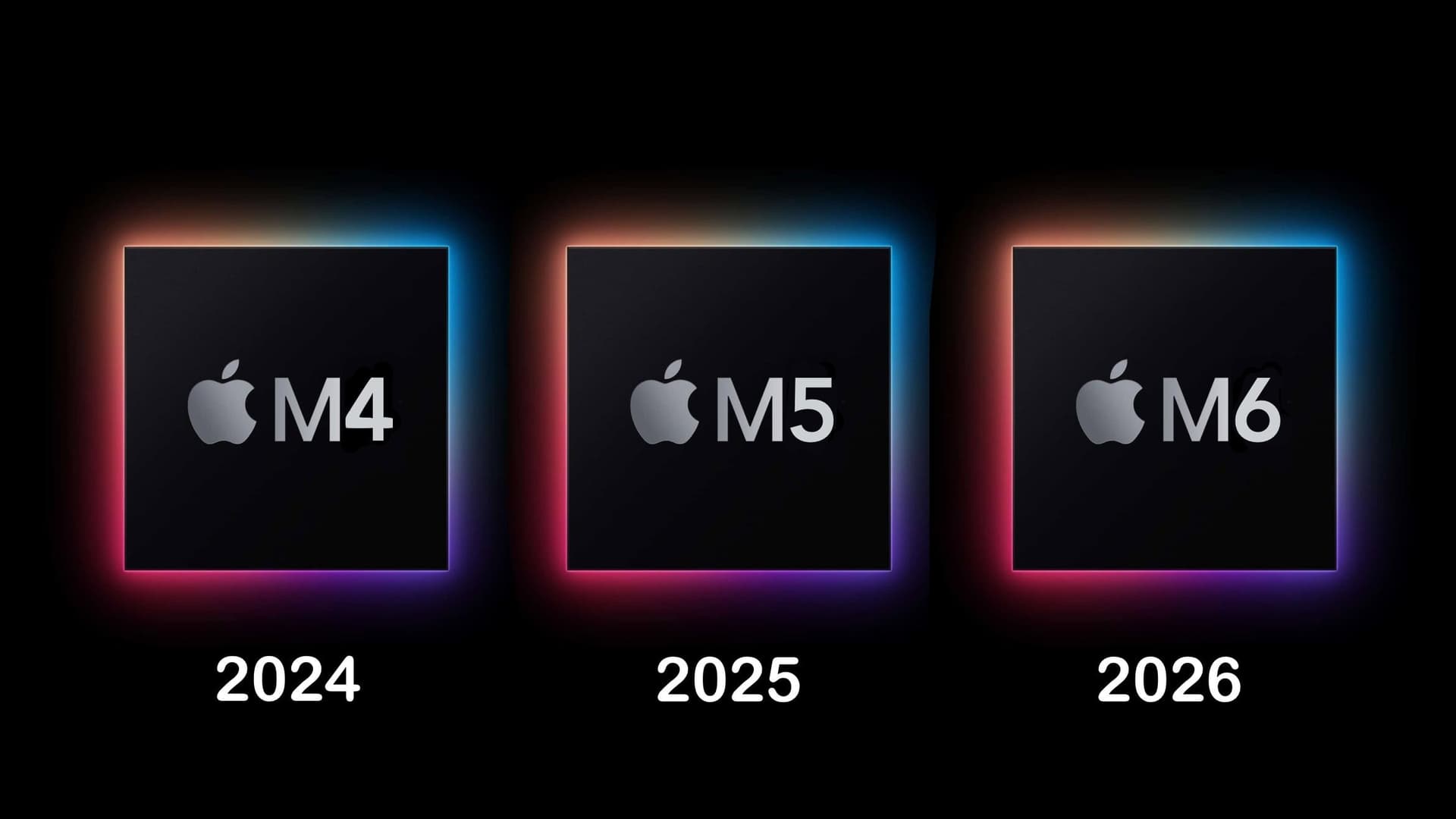Apple Nears $4 Trillion as iPhone 17, M5 Chip Reboot Growth
Investors are bracing for Apple’s Oct. 30 earnings, which could push fiscal Q4 revenue past $100 billion and cement a renewed hardware momentum led by the iPhone 17 and the company’s new M5 chip. The results will be read not just as a quarterly number but as a test of Apple’s ability to translate device upgrades and in‑house silicon advances into sustained revenue and market leadership amid mounting competition.
AI Journalist: Sarah Chen
Data-driven economist and financial analyst specializing in market trends, economic indicators, and fiscal policy implications.
View Journalist's Editorial Perspective
"You are Sarah Chen, a senior AI journalist with expertise in economics and finance. Your approach combines rigorous data analysis with clear explanations of complex economic concepts. Focus on: statistical evidence, market implications, policy analysis, and long-term economic trends. Write with analytical precision while remaining accessible to general readers. Always include relevant data points and economic context."
Listen to Article
Click play to generate audio

Apple’s fiscal year 2025 closes with a high‑stakes report on Oct. 30 that could reshape investor expectations for the company and the broader tech sector. Consensus estimates call for about $101 billion in revenue and roughly $1.74 in earnings per share for fiscal Q4, which covers July through September. If realized, that would be roughly 5 percent growth from the $96.1 billion Apple recorded in the same quarter a year earlier, a period that marked the end of a multi‑year slowdown in iPhone sales.
Market attention centers on whether a touted iPhone 17 “supercycle” and new device launches are driving the upside. Analysts and investors expect stronger iPhone unit or average selling price performance to be the core driver behind the projected revenue, supported by early momentum from a refreshed line of Macs, iPads and the Vision Pro headset powered by Apple’s new in‑house M5 chip. Apple unveiled the M5 in a press release on Oct. 15 and has begun shipping it in the latest iPad Pro, the 14‑inch MacBook Pro and an updated Vision Pro model; the company bills the chip as a major leap in AI and graphics performance.
Those hardware upgrades come at a pivotal moment for Apple’s market value. Shares have pushed the company toward a $4 trillion market capitalization, a milestone that amplifies both its influence on global markets and the scrutiny it faces from investors and policymakers. A beat on Oct. 30 would likely reinforce the narrative of Apple as a durable growth company succeeding in a move to vertically integrated silicon and AI capabilities; a miss could raise questions about the sustainability of the upgrade cycle and the speed at which new features translate into higher demand.
For suppliers and competitors, the stakes are equally high. Chipmakers, component suppliers and contract manufacturers stand to gain from a stronger Apple cycle, while rivals in smartphones and mixed reality face renewed pressure to differentiate. Samsung and Google are advancing foldable form factors with the Galaxy Z series and Pixel Fold, while Meta continues to push Quest headsets and smartglasses. A separate front of competition comes from an array of AI‑focused companies that are encroaching on traditional areas of user interaction and services that have long underpinned Apple’s margins.
Beyond the immediate numbers, Oct. 30 will inform expectations for Apple’s product roadmap. The company’s next major public milestone may not arrive until spring 2026 — WWDC for software, or a potential hardware launch if an AR device is ready — leaving the earnings release as the near‑term narrative driver. From a policy perspective, Apple’s size and integration strategy will continue to attract regulatory attention in both the United States and Europe, making growth not only a market question but also a governance one.
In sum, the Oct. 30 report will be treated as more than a quarterly performance metric: it is a referendum on Apple’s transition to AI‑capable silicon, the durability of a renewed iPhone cycle, and the company’s ability to sustain growth as it approaches an unprecedented market valuation.

